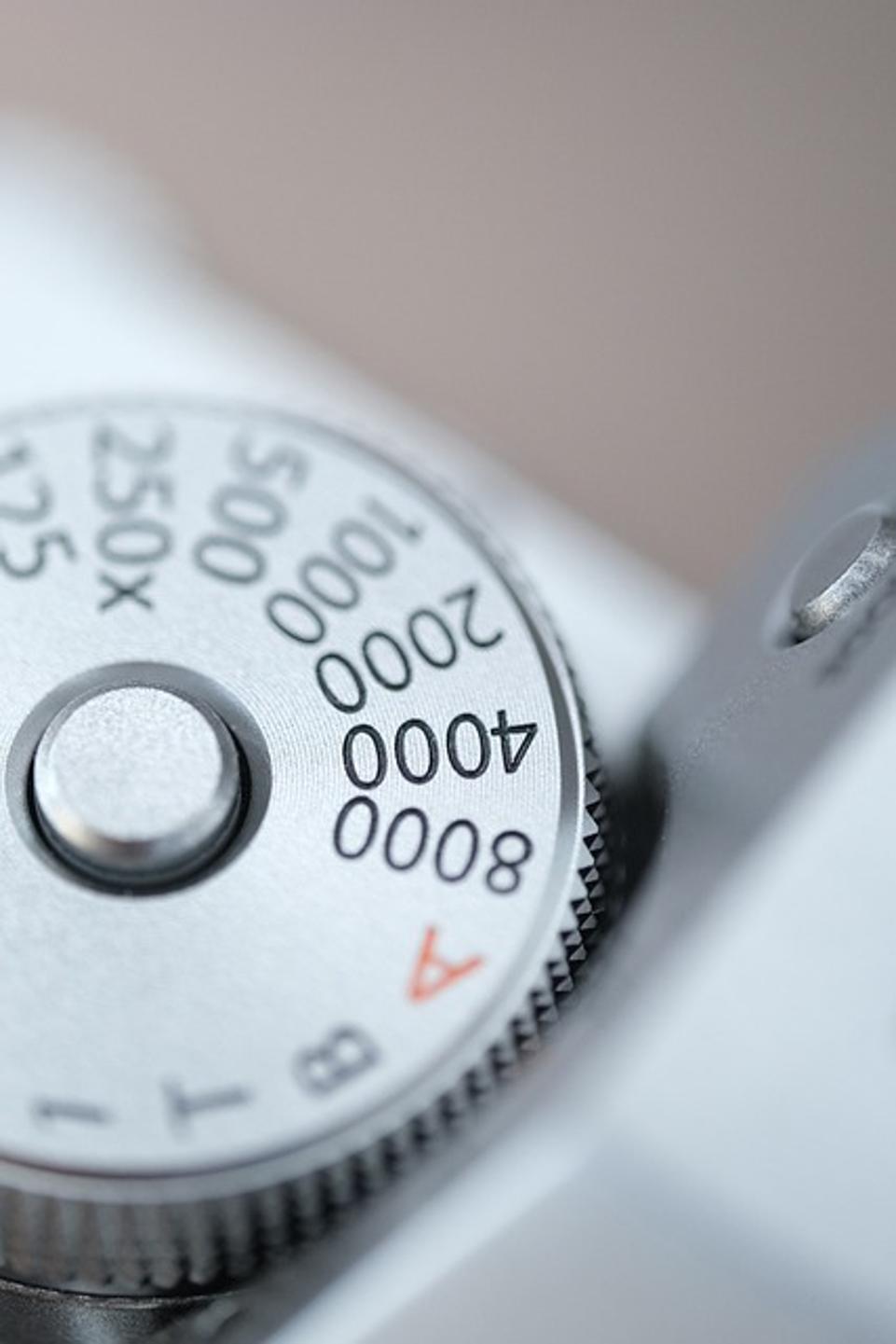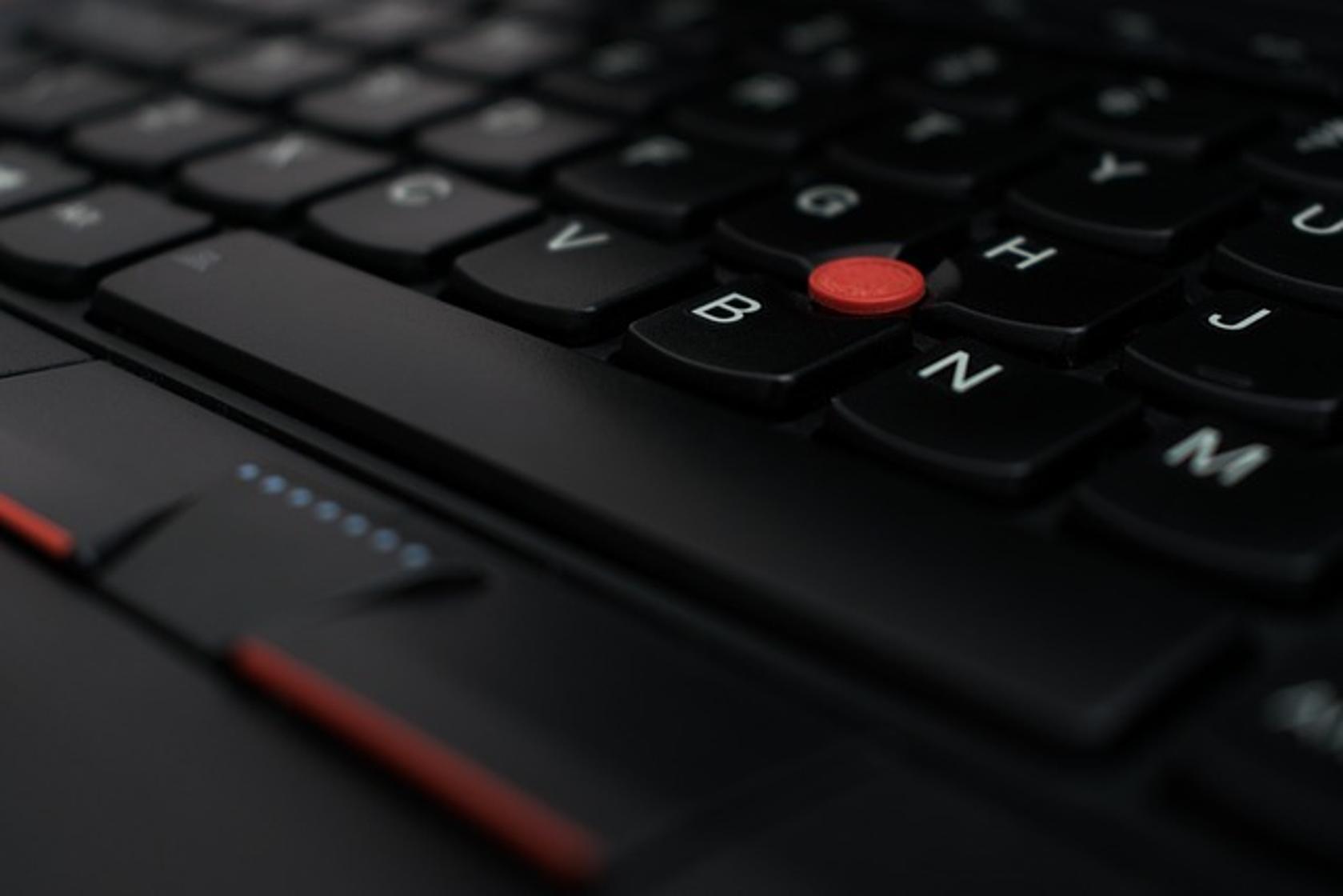How to Increase Speed on Lenovo Laptop
Introduction
Is your Lenovo laptop not as fast as it was when you first bought it? Over time, your device can become sluggish due to various factors. In this guide, we'll dive into actionable tips and techniques that can boost your Lenovo laptop's performance, ensuring it runs smoothly and efficiently. Whether it's through software tweaks, hardware upgrades, or system maintenance, you'll find valuable insights here.

Understand Your Lenovo Laptop’s Current Performance
Before diving into optimizations, it’s crucial to understand your laptop's current state. Use built-in tools like Task Manager to monitor CPU, memory, disk usage, and more. Identifying the bottlenecks will help you target specific areas for improvement. A sluggish Lenovo laptop could be suffering from multiple issues, like insufficient memory or outdated software.
Understanding where the problem lies will save time and effort in the optimization process. By pinpointing exact performance issues, you can apply the right techniques to turn your laptop into a speed machine.
Software Optimization Techniques
Improving your Lenovo laptop's speed can often start with software optimizations. Several tweaks and adjustments can be made to remove unnecessary applications, manage startup programs, and keep everything up-to-date.
Removing Bloatware
Bloatware refers to pre-installed applications that you rarely or never use. These can consume valuable resources, slowing down your system. To remove bloatware:
- Open Control Panel.
- Navigate to Programs > Programs and Features.
- Uninstall unnecessary applications.
Managing Startup Programs
Unnecessary startup programs can significantly delay boot time. To manage startup programs:
- Open Task Manager (Ctrl + Shift + Esc).
- Go to the 'Startup' tab.
- Disable programs that you don't need immediately upon startup.
Keeping Software Up-to-date
Ensure all software, including the operating system, drivers, and applications, are up-to-date. Updated software not only provides new features but also patches security vulnerabilities and improves performance.
- Windows Update: Settings > Update & Security > Windows Update.
- Lenovo Vantage: Use it to check for driver updates specific to your laptop model.

Hardware Upgrades for Enhanced Speed
Sometimes, software adjustments aren’t enough, and hardware upgrades become necessary to achieve significant improvements. Upgrading components like RAM and switching from HDD to SSD can make a big difference.
Upgrading RAM
Increasing the amount of RAM allows your laptop to handle more tasks simultaneously without slowing down. Check your laptop's maximum supported RAM and consider upgrading if you're consistently hitting limits.
- Purchase compatible RAM modules.
- Follow Lenovo's guide or consult a professional to install the RAM.
Replacing HDD with SSD
A solid-state drive (SSD) can provide a dramatic boost in speed compared to a traditional hard disk drive (HDD). SSDs are faster and more reliable.
- Choose a compatible SSD.
- Backup your data.
- Follow a step-by-step guide or seek professional help to clone the HDD to the SSD and install it.
Cooling Solutions and Their Impact
Overheating can cause your laptop to throttle performance to cool down. Proper cooling solutions can prevent this:
- Use an external cooling pad.
- Ensure the internal cooling system is clean and functioning properly.
- Apply new thermal paste if needed.
Tweaking System Settings
System settings can be adjusted to maximize performance without any hardware changes. Tweaking power and visual settings can free up valuable resources.
Optimizing Power Settings
Adjust power settings to maximize performance:
- Go to Control Panel > Hardware and Sound > Power Options.
- Choose the 'High performance' plan.
Adjusting Visual Effects for Performance
Disable unnecessary visual effects to free up system resources:
- Right-click on 'This PC' and select 'Properties'.
- Click on 'Advanced system settings'.
- Under the 'Performance' section, click 'Settings'.
- Choose 'Adjust for best performance'.
Regular Maintenance Practices
Consistent maintenance keeps your Lenovo laptop running smoothly. These practices include regular disk cleanup, defragmentation, and virus scanning.
Disk Cleanup and Defragmentation
Free up space and optimize file storage:
- Use Disk Cleanup: Search for 'Disk Cleanup' and run the tool.
- Defragment Hard Drive: Search for 'Defragment and Optimize Drives' and run it on HDDs (not needed for SSDs).
Regular Virus and Malware Scanning
Malware can severely impact performance. Use reliable antivirus software and perform routine scans.
Using Built-in Lenovo Tools
Lenovo provides tools like Lenovo Vantage to keep your system optimized:
- Open Lenovo Vantage.
- Use features like 'System Update' and 'Hardware Scan' to maintain system health.
Advanced Tips for Maximum Performance
For those comfortable with advanced techniques, consider the following:
BIOS Updates and Settings
Updating the BIOS can resolve compatibility issues and improve performance.
- Check Lenovo’s website for BIOS updates.
- Follow the provided instructions accurately, as improper updates can cause issues.
Safe Overclocking Performance Tips
Overclocking can boost performance but must be done cautiously:
- Use software like Intel Extreme Tuning Utility (XTU) or AMD Ryzen Master.
- Gradually increase the clock speed and test for stability.
- Monitor temperatures to avoid overheating.

Conclusion
Boosting the speed of your Lenovo laptop is achievable through a mix of software optimization, hardware upgrades, system tweaks, and diligent maintenance. Consistently applying these tips will help maintain optimal performance and prolong the life of your laptop. Follow these guidelines, and you'll notice a substantial improvement in speed and efficiency.
Frequently Asked Questions
How often should I perform maintenance on my Lenovo laptop?
Regular maintenance should be performed at least once a month. This includes tasks like disk cleanup, malware scanning, and checking for software updates.
Is upgrading to SSD worth it for my Lenovo laptop?
Yes, upgrading to an SSD can significantly enhance your laptop's speed and responsiveness, making it one of the most impactful upgrades you can make.
Can I overclock my Lenovo laptop safely?
Yes, but it should be done with caution. Ensure proper cooling and incrementally adjust the settings while monitoring temperatures to prevent overheating and potential damage.



